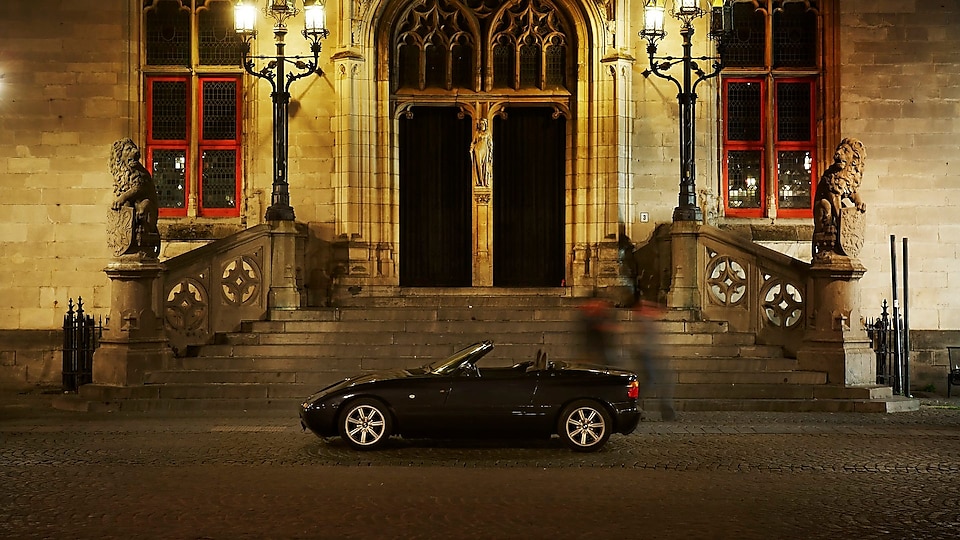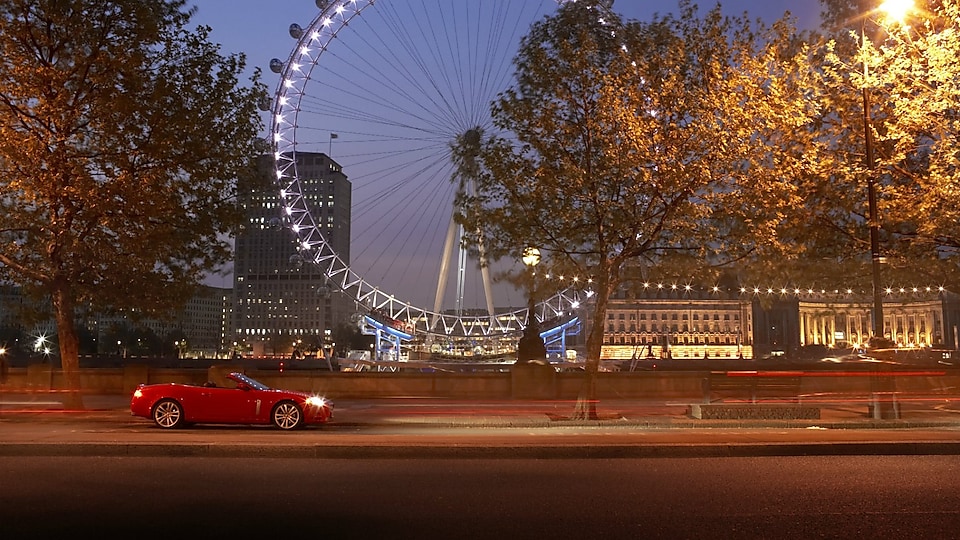
Berlin
Once divided, Berlin is now a vibrant modern metropolis combining old and new. Automotive journalist James Mills went to check out the sights.
For a city that has been fought over, crushed and divided, Berlin is teeming with life. Cyclists scamper by, streetcars rattle as they pass, trains rumble overhead. Like the thousands of other tourists, I’ve come in search of this reunified city’s soul. With dreams, politics and investment, it continues to change by the day.
You’d never credit the city with having three and a half million residents. Most locals cycle or take the streetcar. By night, the city’s roads are your personal playground.
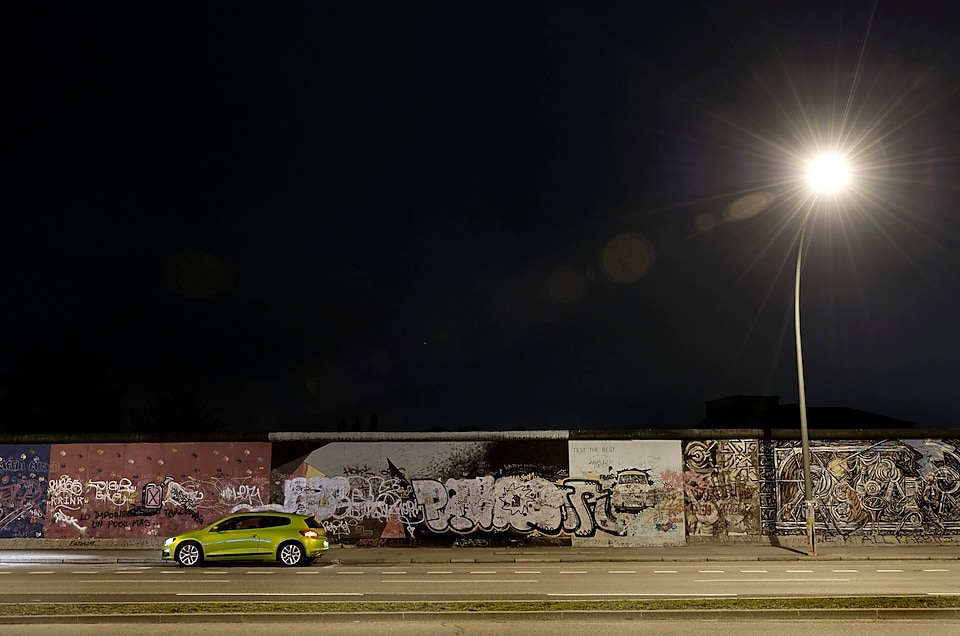
Space Invader
Space is the first thing that strikes you. So much space. And so little traffic, too. As capital cities go, this one is a dream to navigate, be it by foot, by bicycle or by car. Even in rush hour, the traffic is so light it would have New Yorkers dancing in the streets.
With the roads this clear, you can grab yourself a snapshot tour of Berlin’s history in a night. From the divisive wall to Checkpoint Charlie; historic parade ground of Unter den Linden and avenue feel of Tiergarten; the country’s reborn Reichstag parliament building, complete with a Lord Foster signature glass addition and the modernist Federal Chancery building opposite – it’s surprisingly open and accessible.
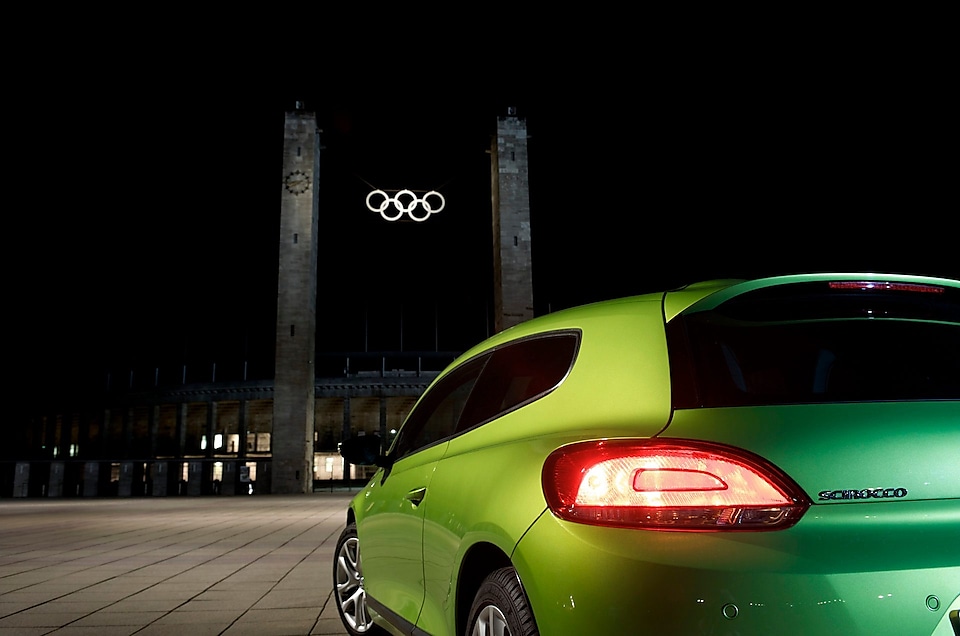
Echoes of the past
Driving through the empty streets, I head west to the Charlottenburg district. It feels well-heeled, with large open streets and grand houses at their fringes. But nothing can prepare you for the powerful statement that is the Olympiastadion. Opened for the 1936 Olympics, it is one of the few remaining examples of fascist-era architecture, with a pair of pillars at its entrance that tower over visitors and floodlit Olympic rings spanning the gap. Lonesome joggers plod by, unlikely to win a gold medal. I cut back through Charlottenburg, en route to Tiergarten.
A former hunting ground to Prussian rulers, the city’s central park used to see its eastern edge serve as a boundary for Berlin’s wall. Today it unifies east and west, and its main road (Strasse des 17. juni, named after the East Berlin Worker’s strike of 1953) is arrow-straight and expansively wide.
At its eastern end, I come to the Reichstag, which was nearly lost during the war, and didn’t recover until 1999, when it was rebuilt by Sir Norman Foster. Its crowning glory is a glass dome, or cupola, complete with spiral walkway. In the dusk, as light fades and its insides are illuminated, you can watch visitors whirl their way around like worker ants.
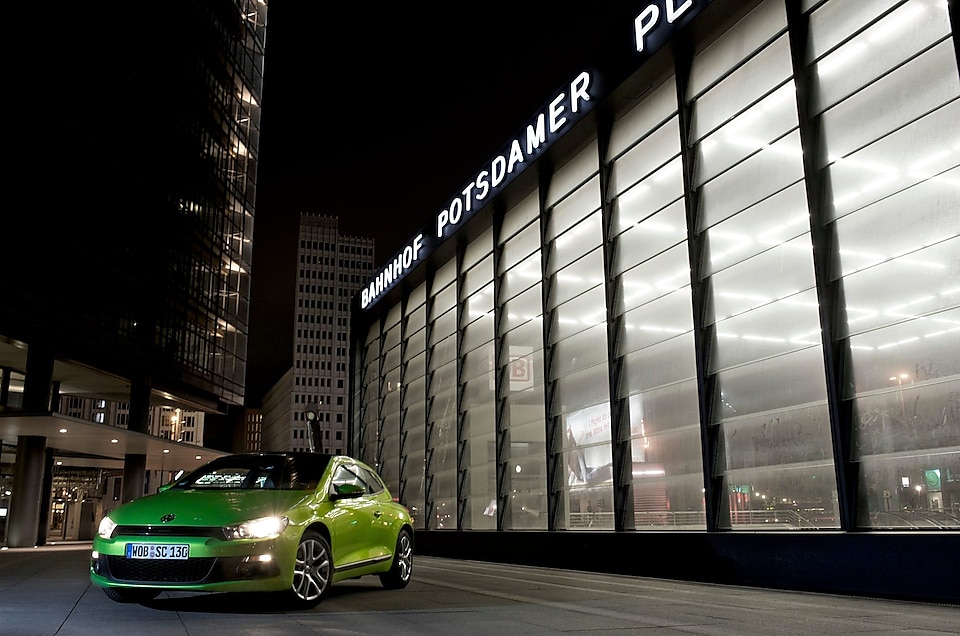
The calm before the storm
I cross the river and swing left, to take a tour of Europe’s largest train station, the Berlin Hauptbahnhof. The vast glass structure glows like a beacon, visible for miles around at night. By day it is a hive of activity, but now, in the small hours of the morning, it lays dormant, seemingly recharging itself for the next rush of activity.
I scuttle off for a look at the city’s Hochbahnviadukt, the steel overhead railway system. The lattice framework has the feel of downtown New York, and snakes and shakes its way through neighborhoods.
As the city wakes up, people stride across the road at the command of a little green man. And it’s the Ampelmann - former Eastern Germany’s reinstated traffic island symbol - whose playful image captures this city’s mood.
